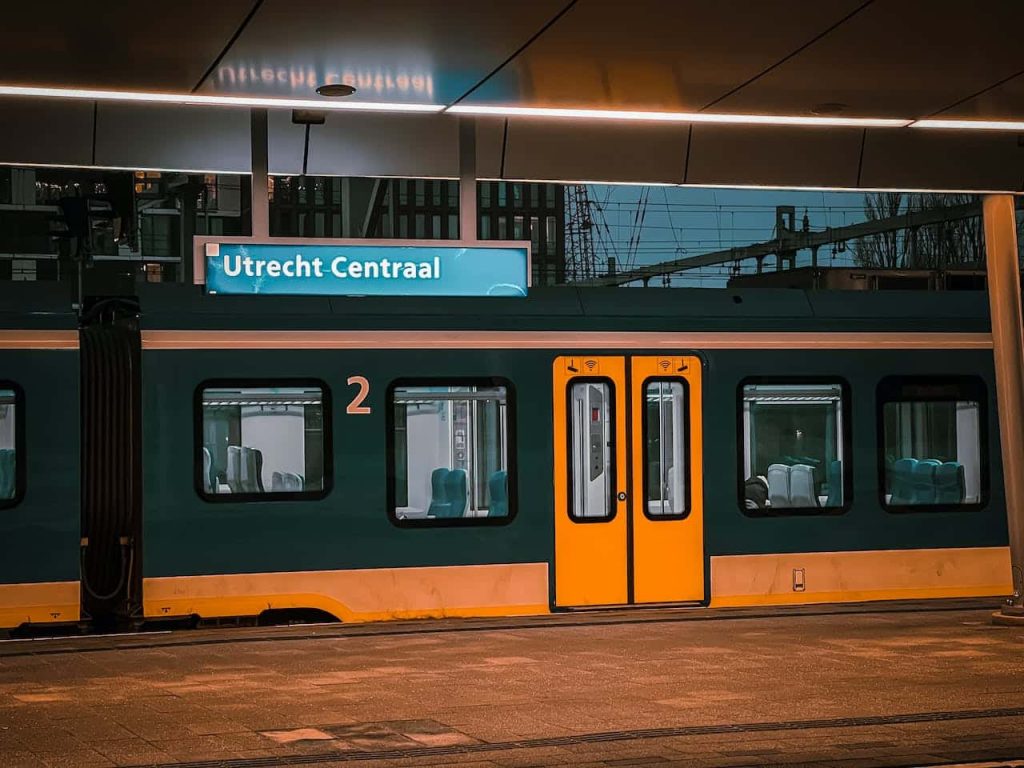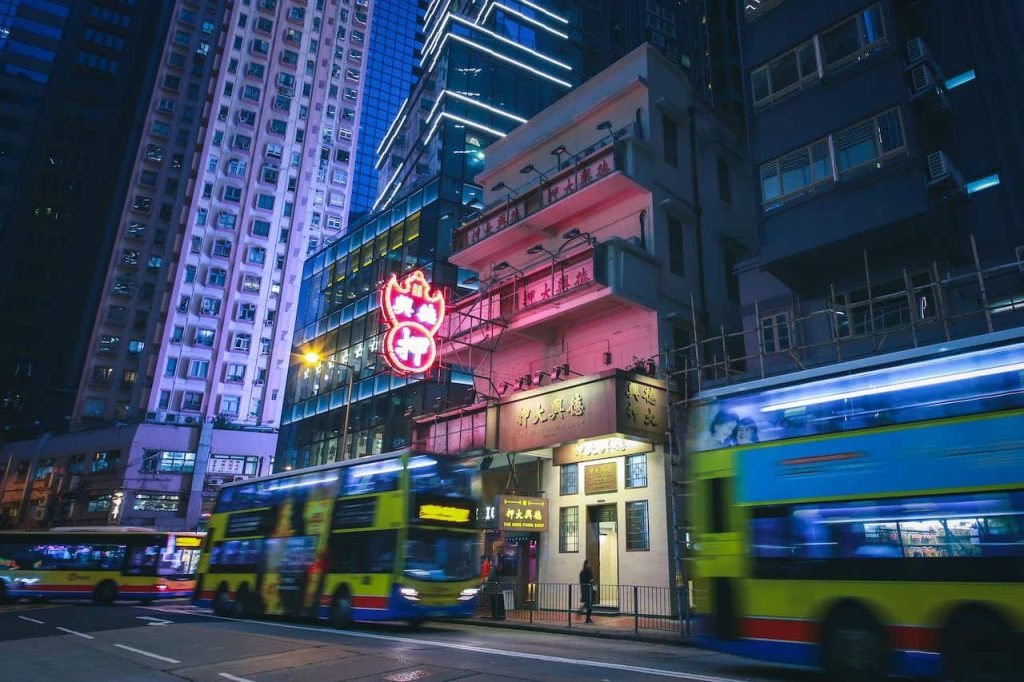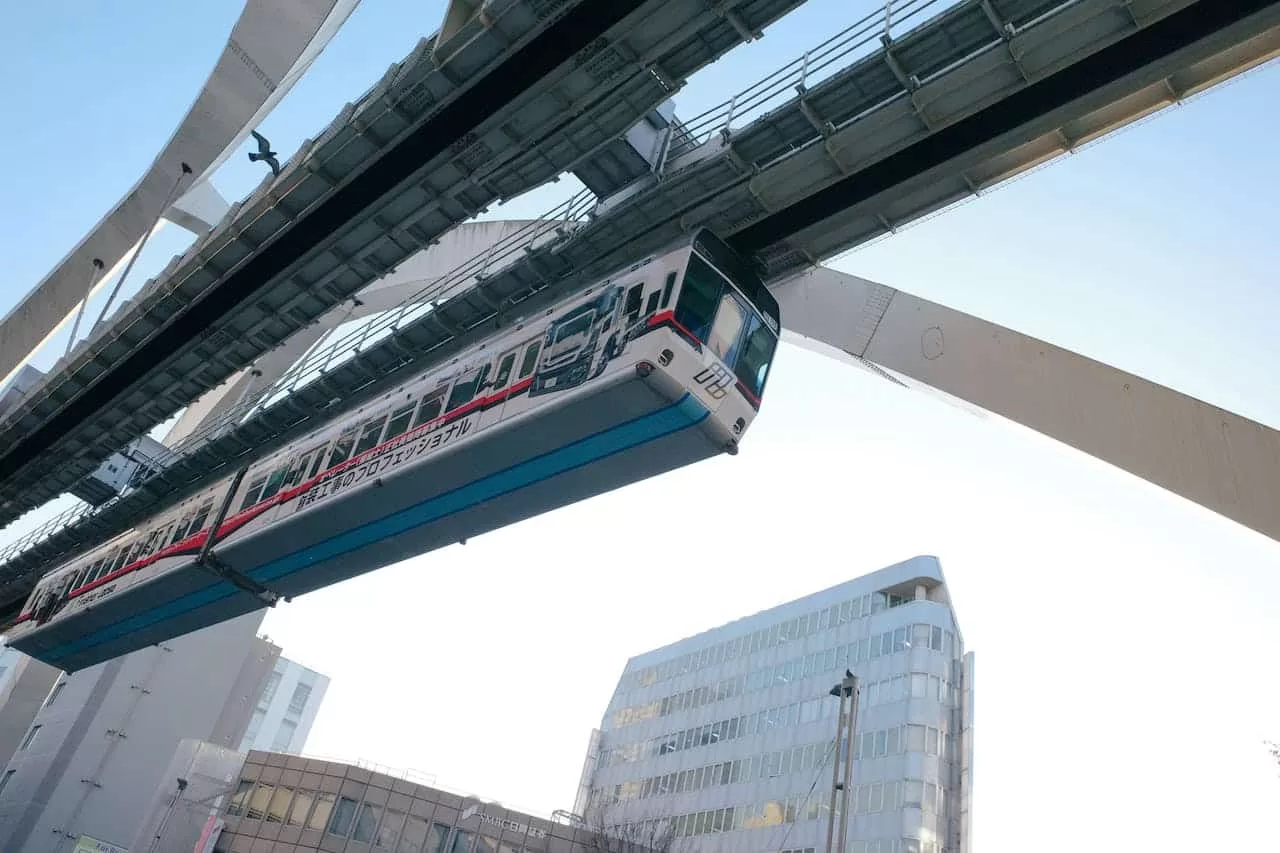Traveling overseas can be exciting but nothing disappoints like getting to a country where the local transport systems don’t work. Finding yourself struggling to get from point A to B can be a major damper on your globetrotting plans. In an era where urban mobility is a critical factor in shaping the global economic landscape, the efficiency and expansiveness of a country’s public transit system have become key factors for travelers.
This list spotlights the top ten countries that have set benchmarks in public transportation, focusing on the intricate networks that keep their cities moving and economies thriving. From the precision-timed trains of Japan to the synchronized mobility solutions in Switzerland, each country’s system tells a story of cultural priorities, technological advancement, and urban planning foresight.
In this exploration, we cut through the hyperbole to present a concise, fact-driven overview of each country’s public transit achievements, laying bare the mechanics and marvels of these systems that move millions daily. Let’s embark on a journey through the corridors of global transit excellence.
1. Japan

When it comes to public transit, Japan is the gold standard with its unparalleled punctuality and efficiency. The nation’s railway system, a dense network of high-speed Shinkansen, urban subways, and local trains, covers about 27,000 kilometers, indicating its expansiveness. Tokyo, the pulsating heart of Japan’s economy, boasts the busiest train station in the world – Shinjuku – handling over 3.5 million passengers daily. The precision of Japanese trains is legendary; the average Shinkansen delay is under a minute. Integration with advanced technology, from ticketing to train operation, streamlines the commuter experience, making it a model for countries worldwide.
2. Switzerland

Switzerland’s public transport system is a paradigm of integrated mobility. The Swiss Federal Railways (SBB) operates over 3,200 km of track, with trains renowned for their punctuality and frequency. Beyond rail, the system encompasses an extensive network of buses, trams, and even boats, all synchronized under the Swiss Travel System. This integration ensures seamless intermodal transfers, epitomized by the Swiss Travel Pass offering unlimited travel on the network. Swiss public transit is not just about connecting urban centers; it extends into alpine regions, underscoring its comprehensive nature. Environmental sustainability is a key focus, with a significant portion of the rail network electrified, reducing carbon emissions.
3. Singapore

In Singapore, the public transit system, spearheaded by the Mass Rapid Transit (MRT), is a benchmark in urban transport efficiency and cleanliness. Spanning over 200 kilometers, the MRT system interconnects the island city-state with 122 stations, servicing more than three million rides daily. Noteworthy is the system’s commitment to punctuality and maintenance, ensuring minimal downtime and disruptions. Its high frequency – trains arrive every 2-5 minutes – and affordability make it the backbone of Singapore’s public transport. The system’s cleanliness and safety are unparalleled, partly attributed to strict regulations and civic-minded culture. Additionally, the integration with buses and light rail transit (LRT) facilitates comprehensive coverage, making it a preferred mode of transport for both locals and tourists.
4. Germany

Germany’s public transportation is a robust network of regional and high-speed trains, trams, and buses, covering urban and rural areas alike. Deutsche Bahn (DB), the national railway company, operates over 33,000 kilometers of track, with a notable presence of high-speed ICE trains connecting major cities at speeds up to 300 km/h. The punctuality and frequency of services are high priorities, with major urban centers like Berlin, Munich, and Frankfurt boasting well-coordinated transit systems. The integration of transportation modes under the Verkehrsverbund system in various cities simplifies transit use, allowing seamless transfers and unified ticketing. Germany’s promise to sustainability is evident in its investment in electrifying the rail network and promoting eco-friendly modes of transport, aligning with its broader environmental goals.
5. France

When it comes to France, its public transit reputation is anchored by the TGV (Train à Grande Vitesse), an iconic high-speed train network. Linking major cities at speeds upwards of 300 km/h, the TGV has revolutionized travel within the country. Paris, France’s capital, exemplifies urban transit efficiency with its extensive Métro system, spanning over 220 km with 16 lines and more than 300 stations. This network is not only a lifeline for daily commuters but also a crucial element in the city’s tourist appeal. Beyond the high-speed and urban transit marvels, France’s commitment to regional connectivity is evident in its comprehensive network of regional trains (TER) and intercity buses, ensuring smaller towns and rural areas are not left behind. The integration of different modes of transport, along with recent investments in eco-friendly and digital solutions, underlines France’s dedication to evolving its public transit systems to meet contemporary demands.
6. South Korea

South Korea’s public transit system, particularly in Seoul, is a model of urban efficiency and technological integration. The Seoul Metropolitan Subway, a sprawling network with over 330 km of tracks and 22 lines, is the backbone of the city’s transit system, serving millions daily. Its punctuality, cleanliness, and high frequency set it apart. The subway is complemented by an extensive and efficient bus network, which includes regular, express, and late-night services. One of the system’s highlights is its use of cutting-edge technology, including digital ticketing and real-time updates, making navigation convenient for both residents and tourists. Additionally, the integration of the subway with buses and regional trains through a unified ticketing system exemplifies the user-centric approach of South Korea’s public transit planning.
7. Netherlands

The Netherlands sets a global standard for integrating public transit with cycling infrastructure. Its public transportation system, comprising trains, buses, and trams, is seamlessly interconnected with the nation’s extensive network of cycling paths, facilitating multimodal travel. The Dutch railway network, operated by Nederlandse Spoorwegen (NS), spans about 3,000 km and connects virtually all major cities and towns. Urban areas like Amsterdam and Rotterdam boast efficient tram and bus services, with a high emphasis on punctuality and accessibility. The unique aspect of the Dutch transit system is its cyclist-friendly ethos; most train stations offer extensive bike parking facilities, and many Dutch residents combine cycling with public transport for their daily commute. This integrated approach not only eases urban congestion but also promotes a healthier, more sustainable mode of travel.
8. Sweden

Sweden’s public transport system, particularly in urban centers like Stockholm, is a hallmark of efficiency and sustainability. Stockholm’s public transit is a comprehensive network of subways, commuter trains, buses, and trams, all coordinated under Storstockholms Lokaltrafik (SL). The city’s subway system, known as the Tunnelbana, is renowned for its reliability and coverage, connecting key areas across the city. Sweden emphasizes sustainability in its public transport operations with a significant shift towards eco-friendly buses and trains. The country is advancing towards a fossil fuel-free public transportation system by 2030, with investments in electric buses and renewable energy for train networks. This sustainable approach is complemented by a user-friendly ticketing system and real-time information services, enhancing the overall commuter experience.
9. Hong Kong

Hong Kong’s Mass Transit Railway (MTR) is the cornerstone of its world-class public transit system, known for its efficiency, cleanliness, and punctuality. Covering over 220 km with 93 stations, the MTR not only serves as the city’s arterial transport network but also as a model for metro systems globally, boasting an on-time performance of 99.9%. The system is complemented by a historic tram system on Hong Kong Island and an extensive network of buses and minibuses. Additionally, the iconic Star Ferry service, apart from being a tourist attraction, remains a vital and scenic mode of transport between Kowloon and Hong Kong Island. Hong Kong’s public transit system is highly integrated, with the Octopus card system enabling seamless transfers and payments across different modes of transport. This integration, along with the system’s high frequency and extensive coverage, makes public transport a preferred choice for the majority of the city’s population.
10. United Kingdom

The United Kingdom boasts a comprehensive public transportation network, with the London Underground as its most iconic component. Known as the ‘Tube’, the London Underground is the oldest metro system in the world, covering over 400 km with 270 stations. Beyond London, the UK’s public transport extends to a vast network of regional trains and buses, connecting cities, towns, and rural areas. Train operators like National Rail oversee extensive intercity and commuter rail services, while local buses provide critical connectivity in urban and suburban areas. The UK is also home to several tram networks, including those in Manchester, Edinburgh, and Birmingham, offering an efficient urban transport solution. Despite challenges in uniformity and pricing, the UK’s public transit system is integral to daily life, with ongoing investments in modernization and sustainability, including electrification of rail lines and the introduction of cleaner buses.
Embark on a Global Transit Journey
From traversing the globe and examining the public transit systems of these ten countries, it’s evident that efficient, accessible, and sustainable public transportation is not just a convenience but a necessity in today’s urbanized world. These systems are more than mere conduits for moving people; they are dynamic lifelines that foster economic growth, societal integration, and environmental sustainability.
From the punctual trains of Japan to the eco-conscious buses of Sweden, each system reflects a deep understanding of urban mobility’s role in shaping modern societies. As the world evolves, these countries’ continuous innovation and commitment to improving their public transit infrastructure offer valuable insights and inspiration for others striving to enhance urban mobility. This exploration underscores a universal truth: robust public transit isn’t just about the journey—it’s about connecting people, communities, and economies, efficiently and responsibly.
Subscribe to the Escape Artist Insiders Magazine Today
While you’re here, why not take your knowledge and insight to the next level? We invite you to subscribe to the Escape Artist Insiders Magazine. Each month, we bring you powerful insights and sophisticated intel from our inner circle of experts, focusing on life and investments overseas. Our magazine offers exclusive, solutions-based expertise and real-life information you can use, content you won’t find on our blog or anywhere else. Subscribe today and join our community of informed readers and gain access to the most valuable, under-the-radar information from the offshore world.
Dan Macharia










